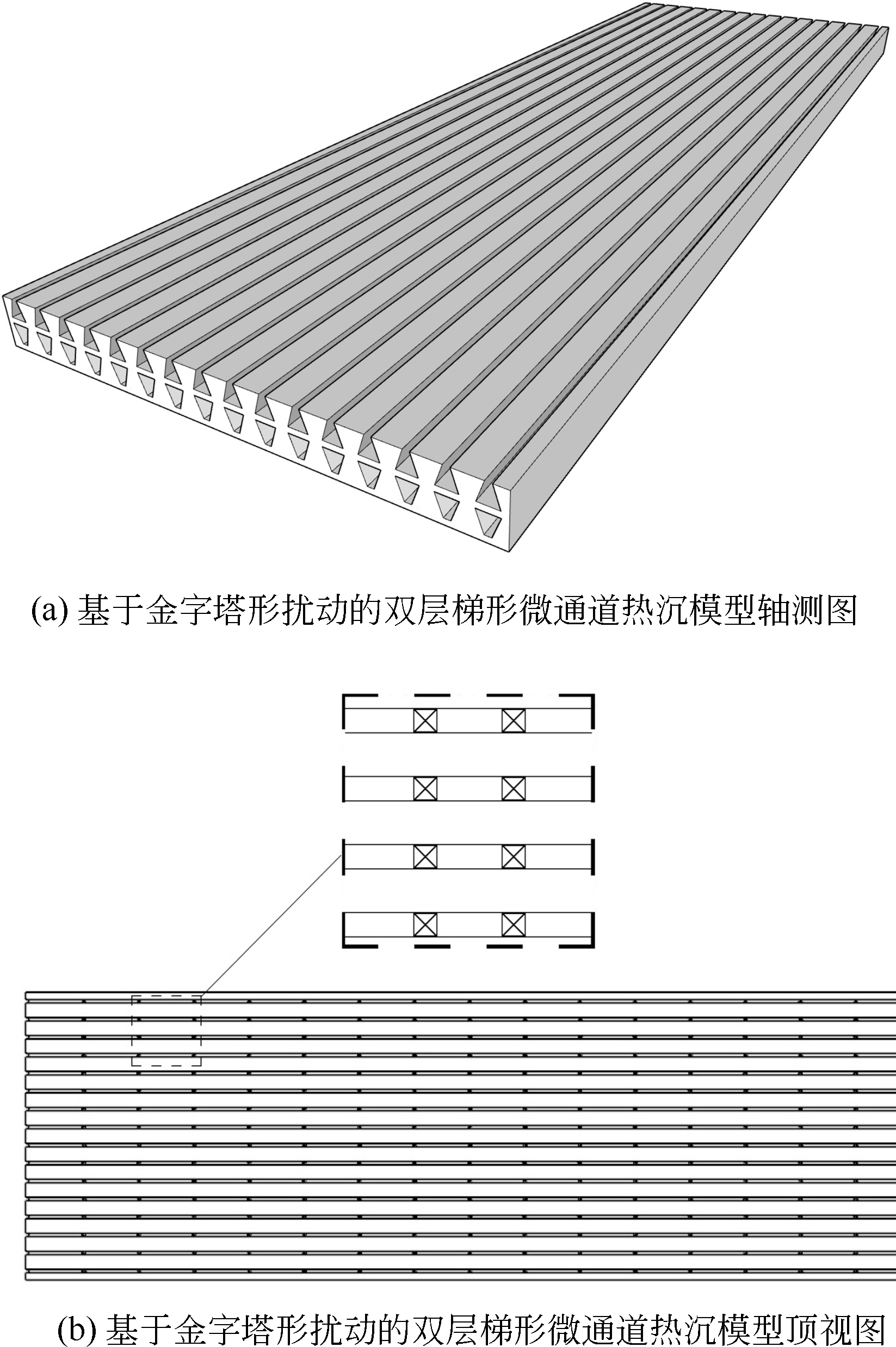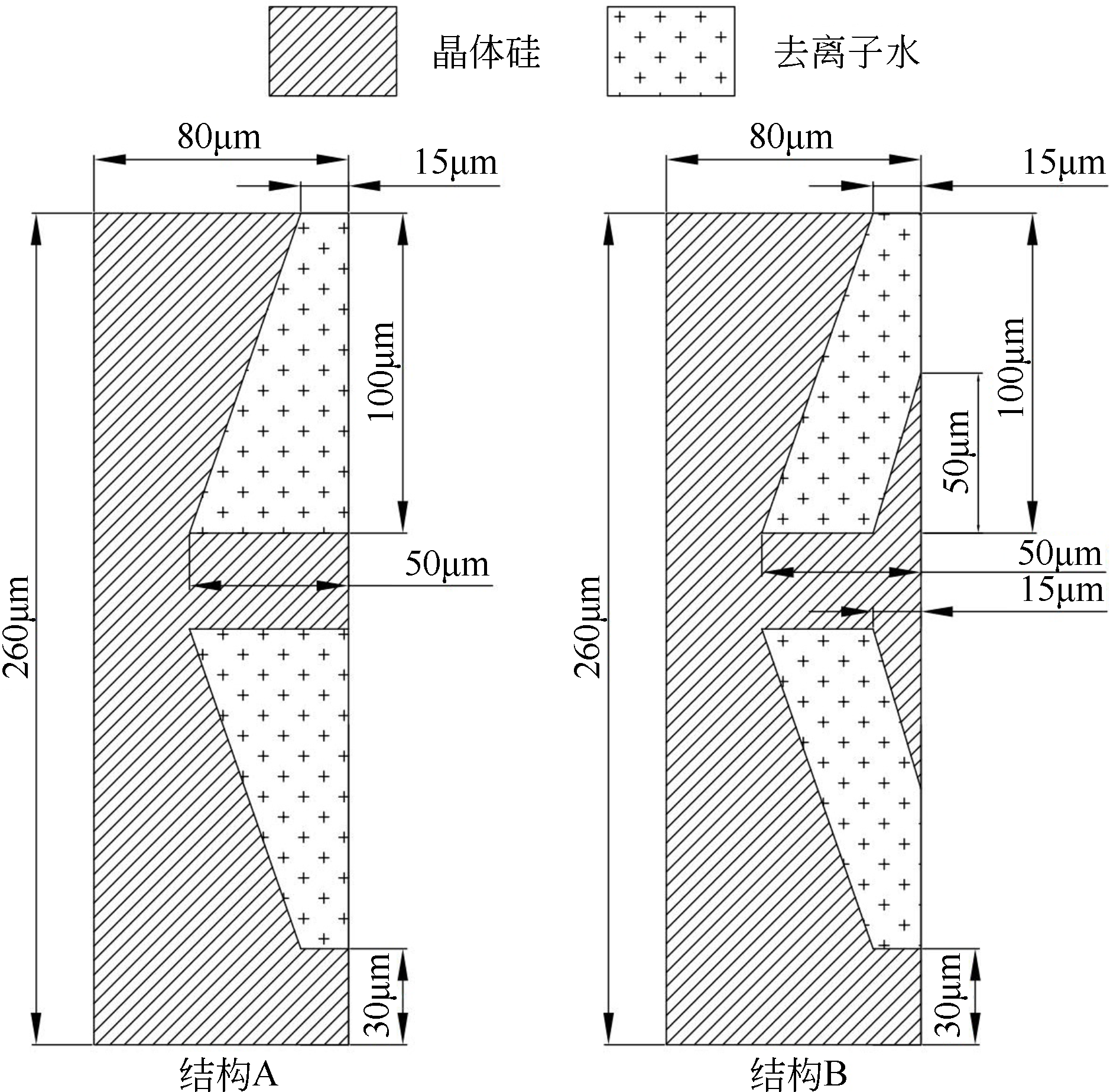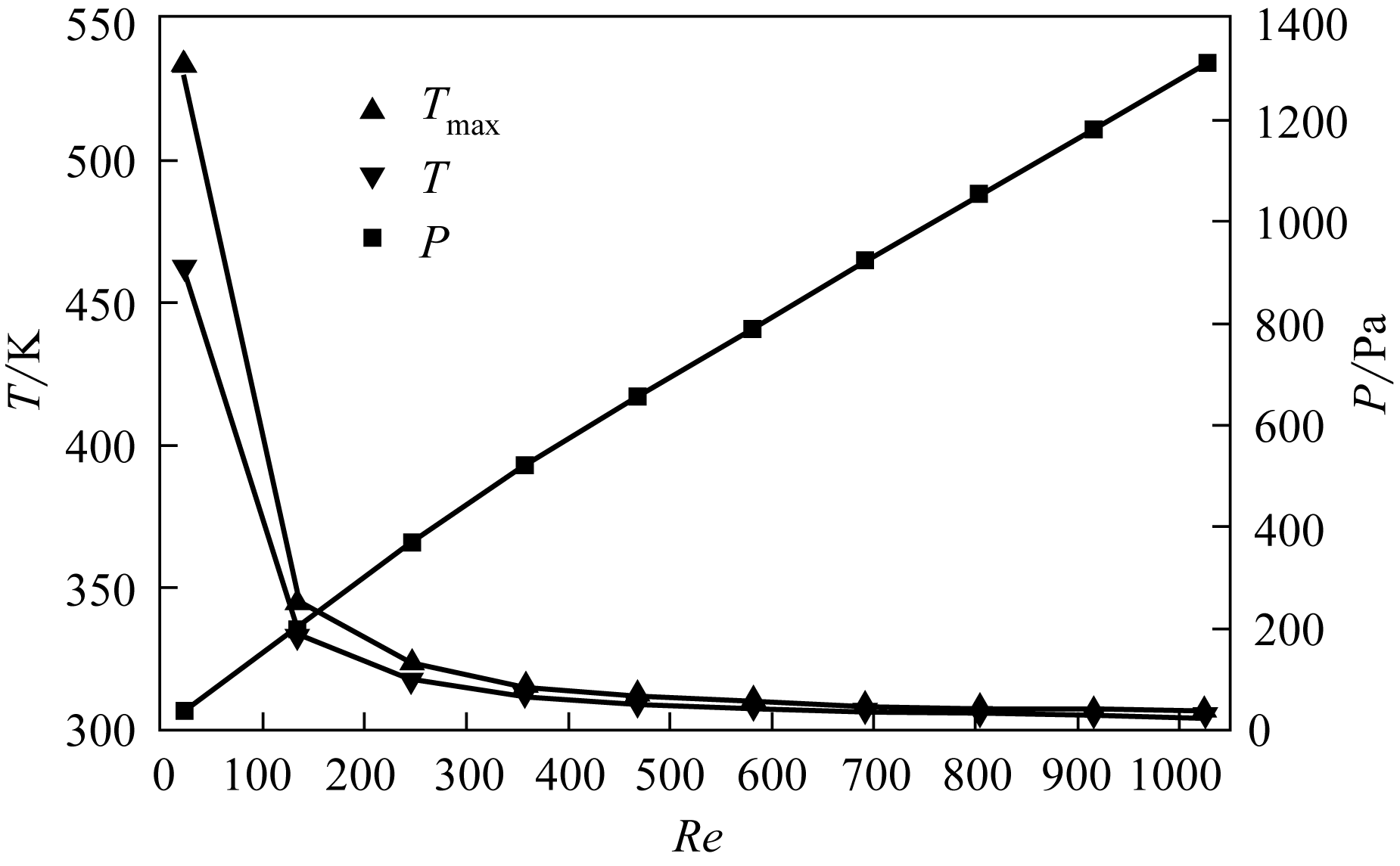| 1 |
王明哲, 李明中, 谭吉春, 等. 高功率LD阵列端泵Nd: YLF片状放大器热效应研究[J]. 激光与红外, 2007(4): 322-325.
|
|
WANG Mingzhe, LI Mingzhong, TAN Jichun, et al. Research on thermal effect in high power diode-end-pumped Nd YLF disk laser amplifier [J]. Laser & Infrared, 2007(4): 322-325.
|
| 2 |
TUCKERMAN D B, PEASE R F W. High-performance heat sinking for VLSI [J]. IEEE Electron Device Letters, 1981, 2(5): 126-129.
|
| 3 |
VAFAI K, ZHU L. Analysis of two-layered micro-channel heat sink concept in electronic cooling[J]. International Journal of Heat and Mass Transfer, 1999, 42(12): 2287-2297.
|
| 4 |
HAMDI E Ahmed, Ahmed MIRGHANI I. Optimum thermal design of triangular, trapezoidal and rectangular grooved microchannel heat sinks[J]. International Communications in Heat and Mass Transfer, 2015, 66: 47–57.
|
| 5 |
魏壮壮, 高林松, 王仁彻, 等. 金属微通道热沉换热特性仿真与实验研究[J]. 真空与低温, 2020, 26(2): 131-138.
|
|
WEI Zhuangzhuang, GAO Linsong, WANG Renche, et al. Simulation and experimental research on heat transfer of metal microchannel heat-sink [J]. Vacuum & Cryogenics, 2020, 26(2): 131-138.
|
| 6 |
AL-NEAMA Ahmed F, KAPUR Nikil, SUMMERS Jonathan, et al. An experimental and numerical investigation of the use of liquid flow in serpentine microchannels for microelectronics cooling[J]. Applied Thermal Engineering, 2017, 116: 709-723.
|
| 7 |
杨雪, 吕坤鹏, 唐晓军, 等.高热流密度热沉散热能力数值仿真分析[J]. 激光与红外, 2018, 48(1): 52-55.
|
|
YANG Xue, Kunpeng LÜ, TANG Xiaojun, et al. Numerical simulation of the cooling capacity of heat sink with high heat flow density [J]. Laser & Infrared, 2018, 48(1): 52-55.
|
| 8 |
LEI C, GUO D X, HUA S W. Numerical study of laminar flow and heat transfer in microchannel heat sink with offset ribs on sidewalls [J]. Applied Thermal Engineering, 2016, 92: 32-41.
|
| 9 |
GHANI Ihsan Ali, SIDIK Nor Azwadi Che, MAMAT Rizal. Heat transfer enhancement in microchannel heat sink using hybrid technique of ribs and secondary channels[J].International Journal of Heat and Mass Transfer, 2017, 114: 640-655.
|
| 10 |
AL-NEAMA Ahmed F, KHATIR Zinedine, KAPUR Nikil, et al. An experimental and numerical investigation of chevron fin structures in serpentine minichannel heat sinks[J]. International Journal of Heat and Mass Transfer, 2018, 120: 1213-1228.
|
| 11 |
HOSSEINPOUR Vahid, KAZEMEINI Mohammad, RASHIDI Alimorad. Developing a metamodel based upon the DOE approach for investigating the overall performance of microchannel heat sinks utilizing a variety of internal fins [J]. International Journal of Heat and Mass Transfer, 2020, 149.
|
| 12 |
翟玉玲, 钟桂健, 李舟航. 结构形式对双层微通道热沉传热性能的影响[J]. 航空动力学报, 2018, 33(3): 565-571.
|
|
ZHAI Yuing, ZHONG Guijian, LI Zhouhang. Effect of structure on heat transfer performance in double-layered microchannel heat sink [J]. Journal of Aerospace Power, 2018, 33(3): 565-571.
|
| 13 |
冷川. 截断型双层微通道热沉设计与优化[D]. 北京: 华北电力大学, 2016.
|
|
LENG Chuan. Design and optimization for the double-layered microchannel heat sink with truncated top channels [D]. Beijing: North China Electic Power University, 2016.
|
| 14 |
SHARMA D, SINGH P P, GARG H. Numerical analysis of trapezoidal shape double layer microchannel heat sink [J]. International Journal of Mechanical and Industrial Engineering, 2013, 3(1): 10-15.
|
| 15 |
PENG X F, PETERSON G P. The effect of thermofluid and geometrical parameters on convection of liquids through rectangular microchannels[J]. International Journal of Heat & Mass Transfer, 1995, 38(4): 755-758.
|
| 16 |
WEBB R L, KIM N Y. Enhanced heat transfer [M]. New York, US: Taylor and Francis, 2005.
|






